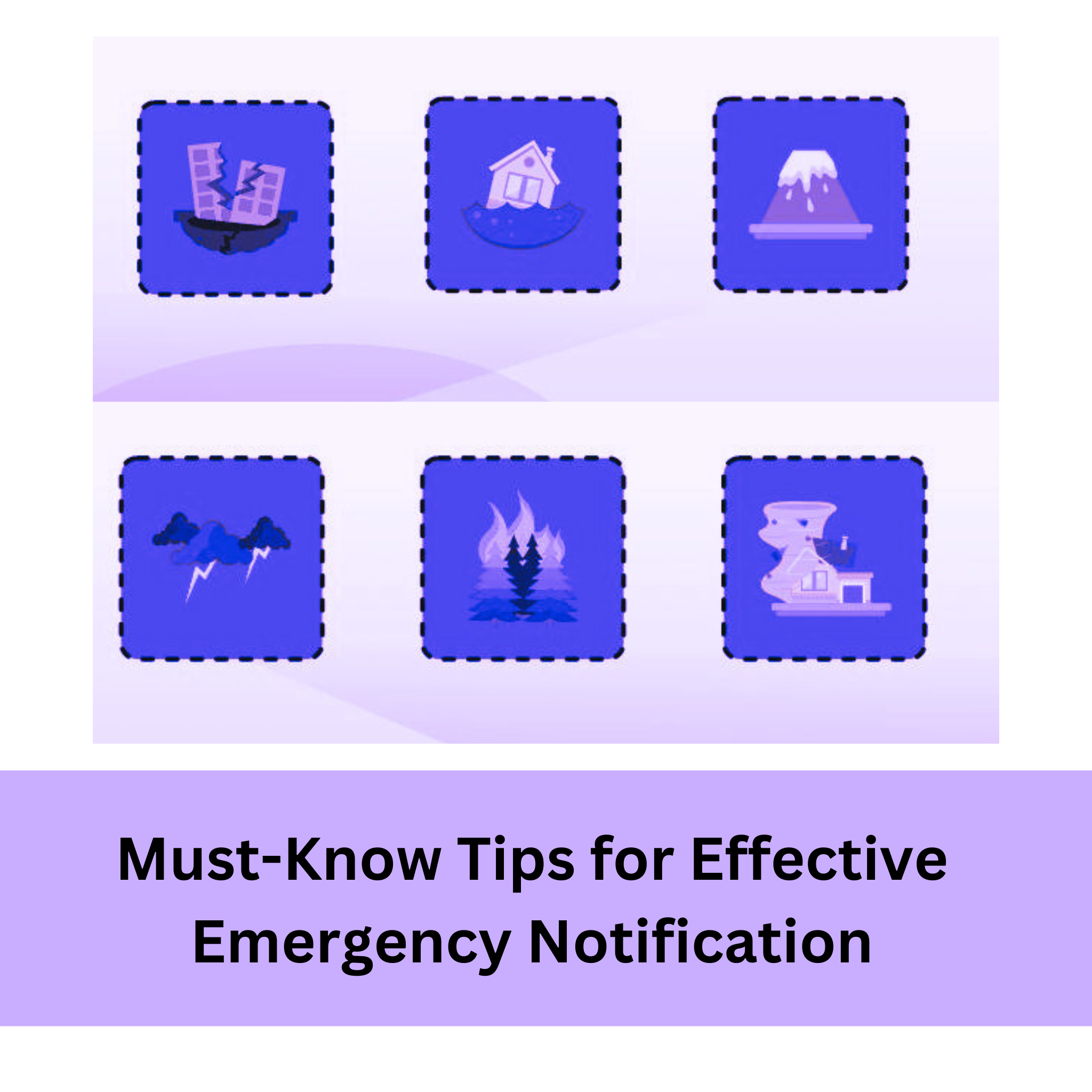
In today’s fast-paced world, businesses and organizations must be prepared for emergencies with reliable communication systems. Whether it's a natural disaster, cyberattack, or health crisis, having an effective emergency communication system can help protect lives and minimize damage. But what does effective crisis communication look like? Here are five actionable tips to help you leverage your emergency alert systems for seamless crisis management.
1. Choose an Emergency Notification App That Fits Your Needs
The first step in creating a robust crisis communication strategy is selecting the right emergency alert app. Not all platforms are created equal, so finding one that aligns with your specific requirements is essential. AlertifyApp, for instance, offers a multi-channel approach that ensures critical messages reach your employees no matter where they are.
Why is this important? During emergencies, different people may have different preferences for receiving alerts—some may rely on SMS, others on email, and some may need a push notification. A versatile emergency notification app like AlertifyApp gives you the flexibility to notify everyone using their preferred communication channel.
Pro Tip:
Look for apps that provide message acknowledgment features, allowing you to confirm whether your team has received and understood the alert. This is vital for ensuring your messages aren’t just delivered but are acted upon.
2. Keep Your Messages Simple and Actionable
Clarity is key in emergency communication. When crafting your messages, keep them short and to the point. Include only the most critical information:
- What is happening?
- Where is it happening?
- What should the recipient do next?
Complex or confusing messages can lead to delays in response, increasing the risk of harm. Ensure your language is simple, free of jargon, and includes clear instructions.
For example, if there is a fire in a specific part of the building, your message could be as simple as:
“Fire in Building A. Evacuate immediately through the east exit. Do not use the elevators.”
A well-structured message that conveys urgency and instructions helps ensure that recipients take swift and appropriate action.
3. Utilize Multi-Channel Communication
Never rely on just one communication method. In a crisis, relying on a single channel like email could lead to delays if the person doesn't have immediate access to their inbox. This is where multi-channel communication becomes crucial. A robust emergency communication system like AlertifyApp enables you to send out notifications through:
- Email: Perfect for detailed updates or reports.
- SMS: Ideal for urgent and immediate notifications.
- Phone Calls: Best for important verbal instructions or confirming receipt.
- App Push Notifications: Great for immediate engagement via mobile devices.
By using various channels, you increase the likelihood that your message will reach its intended audience as quickly as possible, ensuring faster response times.
4. Test Your Emergency Alert Systems Regularly
Even the best emergency alert systems need to be tested to ensure they function properly when needed. Regular testing will help identify any potential technical glitches, allowing you to fix issues before a real crisis occurs. Moreover, testing familiarizes your employees with the emergency protocols, making them more likely to respond correctly during an actual event.
You can run regular drills that simulate different crisis scenarios. This could involve:
- Testing how quickly messages are delivered across different channels.
- Ensuring that recipients can acknowledge receipt of the alerts.
- Practicing how to escalate notifications to managers or first responders if necessary.
Continuous testing ensures that both your system and your team are prepared for any situation.
5. Gather Feedback and Continuously Improve
Post-crisis analysis is a critical yet often overlooked part of emergency management. After any event or drill, gather feedback from your employees to understand what worked and what didn’t. Were the messages delivered promptly? Were they clear and easy to understand? Did the team know what actions to take?
This data is invaluable for improving your emergency notification app setup. It will help you fine-tune your communication strategy, ensuring better performance during future incidents.
You can also analyze system-generated reports to identify any delays or areas for improvement, such as specific channels that might not be as effective for certain teams or individuals.
Conclusion: Enhance Your Crisis Communication with AlertifyApp
In an emergency, every second counts. By choosing a reliable emergency alert app, keeping messages clear and actionable, utilizing multi-channel communication, testing your system regularly, and gathering feedback, you can significantly improve your crisis communication strategy.
Ready to upgrade your emergency communication system? Discover how AlertifyApp can help your organization stay prepared for any crisis with real-time, multi-channel notifications that keep everyone informed and safe. Schedule a demo today and take the first step toward safeguarding your team in times of need.
